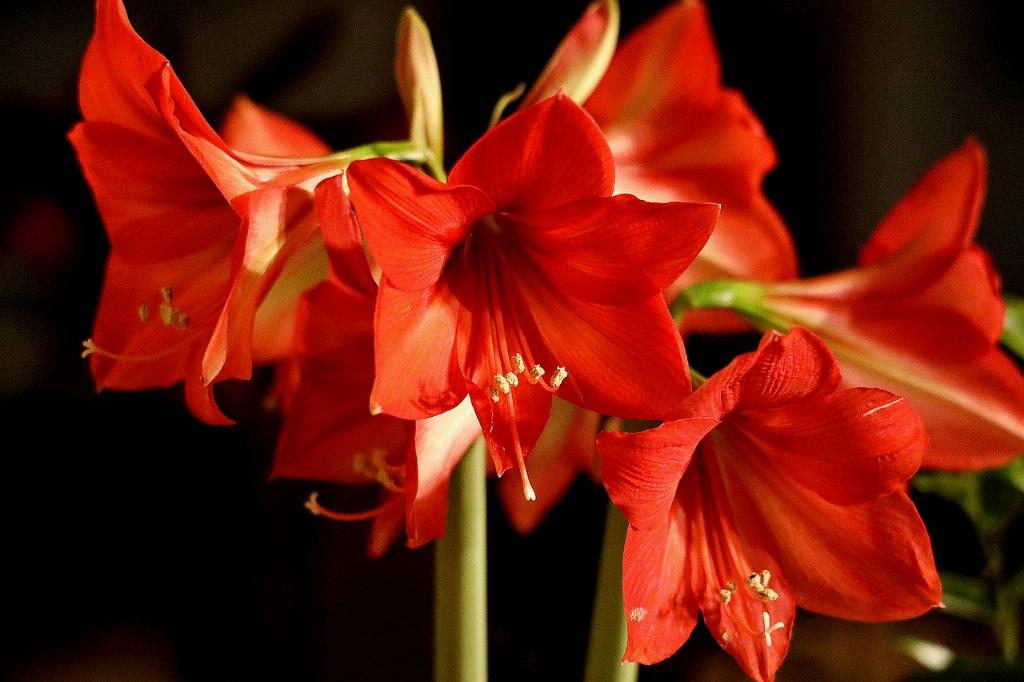When it comes to the question of how cold Amaryllis plants can tolerate, several factors come into play to ensure the well-being of these beautiful flowers. Amaryllis bulbs can indeed be hardy, with some varieties being able to withstand temperatures as low as 10°F in USDA hardiness zones 8-10, and even zone 7 for specific cold-resistant species.
Planting Conditions for Amaryllis
If you are considering growing Amaryllis outdoors, it is crucial to select a suitable planting site that receives ample sunlight, ideally 6-8 hours of direct sun daily. Additionally, the soil quality is vital, as Amaryllis thrives in well-drained soil that promotes healthy root development.
Adaptation to Different Climates
Amaryllis plants exhibit a remarkable ability to adapt to varying climate conditions. While some species can handle colder environments, others may require more temperate climates to flourish. Understanding the specific needs of the Amaryllis variety you are planting is essential for successful growth.
Protecting Amaryllis from Extreme Cold
In regions where temperatures drop significantly below the tolerable range for Amaryllis, it is advisable to provide additional protection to safeguard the bulbs during the winter months. This can include mulching the soil or covering the plants with a protective layer to insulate them from harsh weather conditions.
Optimal Winter Care for Amaryllis
During the winter season, it is crucial to monitor the temperature fluctuations in your garden to prevent any sudden drops that could harm the Amaryllis bulbs. Providing a consistent environment with adequate insulation will help the plants maintain their vigor and prepare for the upcoming growing season.
Indoor Cultivation of Amaryllis
For gardeners in colder climates, growing Amaryllis indoors can be a practical solution to ensure the plants receive the warmth and protection they need to thrive. Indoor cultivation allows you to control the temperature and light exposure, creating an optimal environment for your Amaryllis bulbs.
Monitoring Temperature Conditions
Regularly checking the temperature levels in the area where your Amaryllis plants are situated can help you gauge their ability to withstand cold snaps. Being aware of any sudden drops in temperature can prompt you to take preventive measures to shield the plants from potential damage.
Winterizing Outdoor Amaryllis
As winter approaches, preparing your outdoor Amaryllis for the colder months is crucial for their survival. This can involve trimming back foliage, clearing debris, and ensuring the bulbs are adequately mulched to protect them from freezing temperatures.
Behavior of Amaryllis in Chilly Conditions
Observing how your Amaryllis plants respond to colder weather can provide valuable insights into their cold tolerance levels. Some varieties may exhibit signs of stress when exposed to extreme cold, while others may remain resilient and continue to thrive despite the chill.
Resilience of Amaryllis Varieties
Each Amaryllis cultivar has its unique characteristics and resilience to cold temperatures. By selecting cold-tolerant species and providing them with the necessary care, you can create a favorable environment for your Amaryllis plants to prosper, even in challenging climates.
Growing Amaryllis with Care
Ultimately, the cold tolerance of Amaryllis is influenced by various factors, including the specific variety, environmental conditions, and the care provided by the gardener. By understanding the needs of your Amaryllis plants and tailoring your approach to suit their requirements, you can enjoy vibrant blooms and healthy growth year after year.

